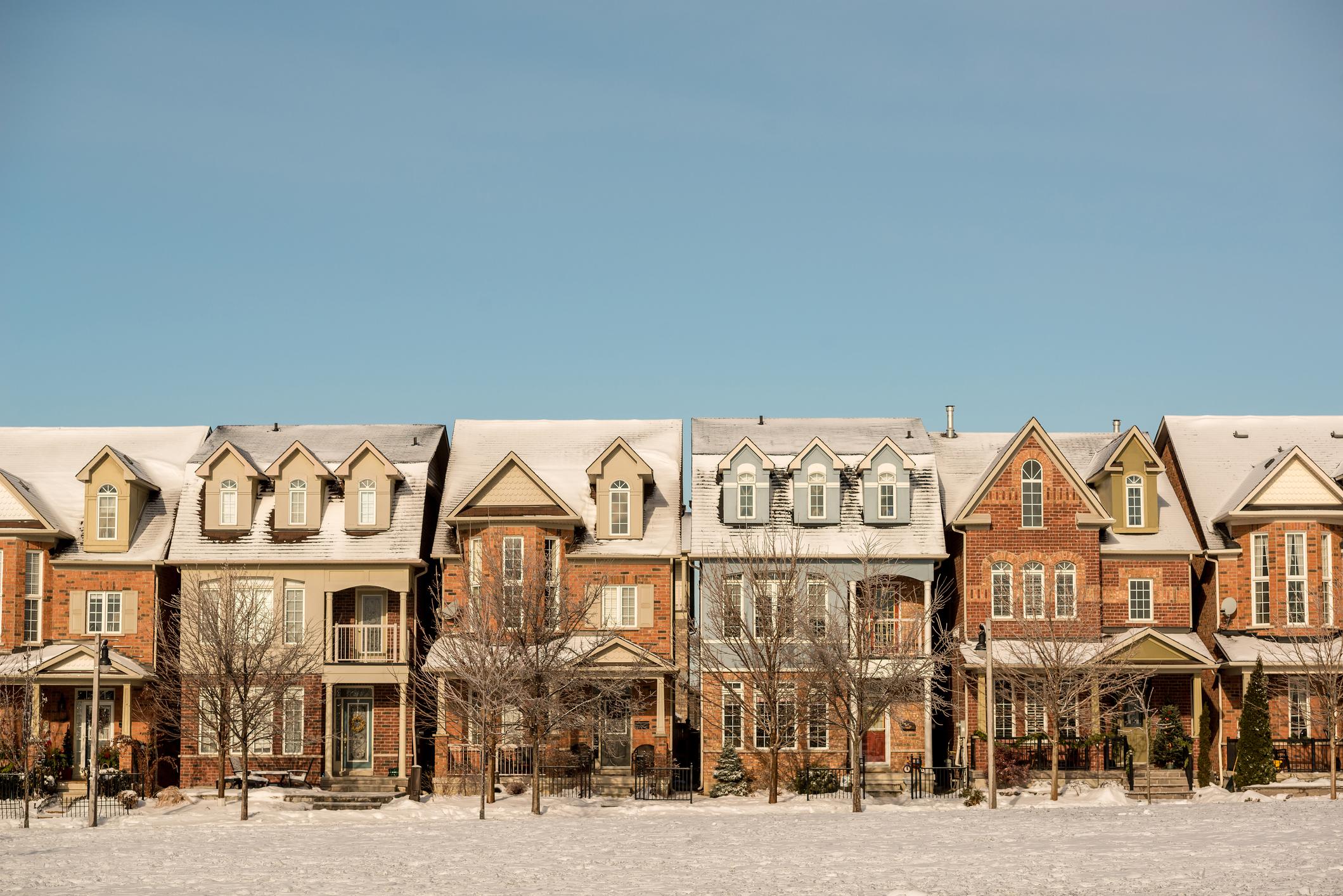Canadian existing home sales fell 3.3% in November (seasonally adjusted) and were down 39% from a year ago. That leaves activity volume running below the low end of pre-COVID norms. November is typically the month when sales volume really dries up from a seasonal perspective but, even still, this was the quietest November since the depths of the 2008 downturn.
New listings dipped 1.3% in the month and are down a more modest 6.1% from a year ago. While sales have swung wildly, new listing flows have held very steady through the recent turbulence and are very much in-line with pre-COVID norms. There’s still just not a lot of forced selling out there at this stage, which can really exacerbate or speed up a price correction.
Still, the market balance softened further in the month, with the sales-to-new listings ratio weakening to 49.9% in November. That marks the most buyer-friendly level since 2012, and leaves the market with softer conditions than those seen during the 2017-18 period. Meantime, the months’ supply of homes for sale at the current sales rate rose to 4.2, which is now back to more normal levels seen just before the pandemic.
Overall, this is still a market that is struggling to clear as sellers are not yet being forced, while buyers simply can’t qualify for, or afford, prices that were in place earlier in the year. That said, direction for prices remains down. The average transactions price fell 12.0% y/y in November, while the MLS HPI was down 4.2% y/y with downward momentum continuing on a month-to-month basis, with little sign of slowing yet at the national level. The latter is now down nine months in a row, or 11.2% from the February high.
Hot off the press... OSFI confirmed this morning that the minimum qualifying rate for uninsured mortgages will remain unchanged. But, they will conduct a review of Guideline B-20 in January, and said that "we expect to leave the MQR at its current rate pending the outcome of the review, although the economic environment could result in a more immediate change."
Elsewhere, housing starts were little changed in November at 264,600 annualized units. That’s a still-strong level of new construction activity breaking ground, and the year-to-date average is now running at similarly-strong 265k. Combined with last year’s 271k, we’re on pace for the biggest two-year wave of housing stats on record, even topping the mid-1970s building boom. On a per-capita basis, we’re going into 2023 with more housing under construction than ever before.
Given that these numbers come during a seasonally quiet period, and in a market that is already extremely slow, we’ll point your attention to the bigger-picture Canadian housing market outlook that we published last week. Here are the key takeaways:
Downward price discovery will continue through 2023 as the market absorbs higher, albeit peaking, mortgage rates. Near-term variable rate cuts are unlikely.
Regional performance will vary. Alberta is best positioned, while Southwestern Ontario (Toronto exurbs) will continue to struggle most.
The rabid speculative appetite is gone, to be replaced by fundamental cash-flow driven investment.
Government supply targets will prove next to impossible to hit.
Peak domestic demographic demand is near, but high immigration targets will stave off a 1990s-like bust.
Price growth coming out of this cycle will be much more subdued, if not stagnant in some markets.
